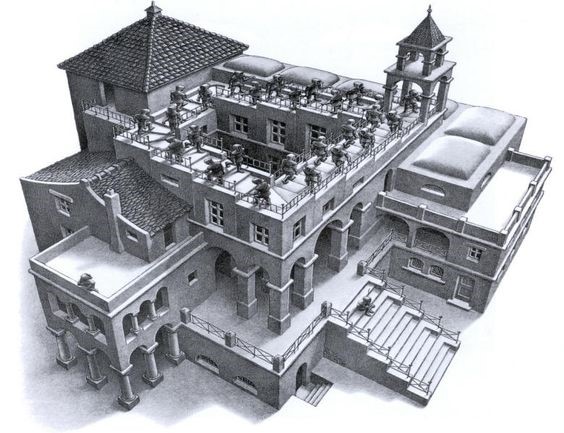The DiverIMPACTS goal is to stimulate innovation towards diversified farming systems, and the bulk of the project activities represent a real-life experiment on how to achieve this.
At the core of DiverIMPACTS, a set of 25 case studies (grouped in 5 clusters, each monitored by a cluster leader) co-design technical and organizational innovations to inspire crop diversification and collective learning.
One of the DiverIMPACTS activities is monitoring progress towards goals in the case studies and in the project as a whole. Monitoring is undertaken to support reflection on achievements through past activities and to support future planning, serving as an instrument to collect and share data that also feed the workings of the research program as a whole.
A document is being prepared to describe the co-innovation platform structure, to sketch a procedure for annual assessment of the agro-environmental and socio-economic impact at the case study level and across case studies, and to present a series of monitoring tools.
Such tools are particularly meant to support reporting on both ‘performance monitoring’ and ‘complexity-aware monitoring’, intended as complementary activities: performance monitoring uses indicators designed to measure results that contribute to the DiverIMPACTS overall goal of showing the benefits of crop diversification, while complexity-aware monitoring addresses the way in which DiverIMPACTS considers that it will cause changes in stakeholder behaviour (i.e. outcomes) and greater crop diversity in the EU in the longer term (i.e. impact).
Overall, this process aims to support the case studies in making their activities and reflections explicit and traceable. To this goal, the toolset will document data, information and dynamics arising from the case study actions. It includes the following:
- memo formats for internal and external case study events and for interventions;
- an evaluation report template to be used every trimester (for internal use) and every year (for public use);
- a grid to debrief about exchanges between case studies, cluster leaders and cluster monitors; and
- a data collection and storage section.
To enable a timely observation of progress at both the case study and project levels, the monitoring process takes place at different intervals
- At the case study level: monthly;
- For internal updates and reflections: every 3-4 months;
- For sharing an evaluation of the case study activities and progress with the cluster leader: annually through a Case Study Biography indicating progress on performance indicators and complexity-aware indicators.
- Across the case studies: annually, at the project’s Annual Meetings to discuss advancements with the project partners. Other co-learning opportunities are offered by monthly webinars on topics suggested by case studies.
Just as Escher drew, multiple interactions and retroactive feedbacks are meant to make sure that the hierarchy implied in the broader co-innovation platform (case studiesàcluster leadersàcluster monitoràoverall case study management) ultimately results in a substantial horizontal exchange. This is not, thus, a perspective distortion. It is, instead, the implementation of visionary elements into collective endeavours, making individual efforts sharable, monitorable and open to learning about how to facilitate the change to diverse cropping systems.
Further information
Authors
Luca Colombo, FIRAB - Fondazione Italiana per la Ricerca in Agricoltura Biologica e Biodinamica, Italy
Yvonne Cuijpers, WUR - Wageningen University & Research, The Netherlands
Daniël de Jong, WUR - Wageningen University & Research, The Netherlands
Jorieke Potters, WUR - Wageningen University & Research, The Netherlands
Pieter de Wolf, WUR - Wageningen University & Research, The Netherlands
Walter Rossing, WUR - Wageningen University & Research, The Netherlands

 toccare e scorrere fino al comando Aggiungi alla schermata iniziale.
toccare e scorrere fino al comando Aggiungi alla schermata iniziale.
Disqus
Per utilizzare la funzione di commento è necessario registrarsi presso il fornitore terzo "Disqus".
Quando si attiva questa funzione, il browser stabilisce una connessione diretta con i server del fornitore terzo. La informiamo che dopo l’attivazione alcuni dati verranno trasmessi al fornitore terzo e quest’ultimo potrà impostare cookie che possono essere utilizzati anche per scopi di analisi e marketing. Per ulteriori informazioni si prega di consultare la nostra Dichiarazione sulla protezione dei dati.
Attiva